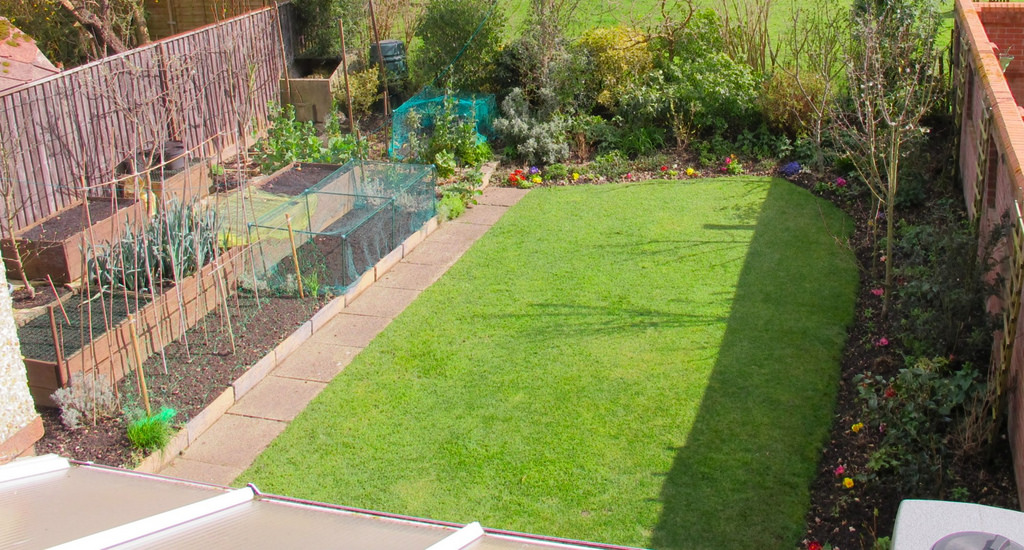
Photo Credit: hapsnaps via Compfight cc
Looking after a network is like being a gardener.
A garden comprises of different plant types in the same way as an organisation has different types of employees. For example:
- evergreen plants are like permanent staff
- seasonal plants are like contractors/temporary staff
- weeds are like the baddies
Malware on the network is like having weeds in your garden. Weeds steal vital nutrients from the soil and spread very quickly by robbing the plants you want to grow. Malware/hackers prevent applications and servers from working properly, and can steal information from your network.
Like any good gardener the security professional should have the right tools for the job. Pesticides keep bugs from eating crops (anti-virus), high fences deter thieves and animals entering your garden (firewall), and a greenhouse protects sensitive plants (confidential information is restricted).
Having the right tools is not enough. Check your garden regularly for indicators of compromise (IOC): inspect plants for dead leaves and flowers, pest attacks and infection, and remember to water and feed on a regular basis. Review the output from your security tools and act accordingly: if you see unusual activity on your network then ‘dig a little deeper’ to see if it’s genuine. A good gardener adapts to the environment and will water and feed more often if the coming weeks are likely to be hotter and drier. A security professional should ensure all systems are patched, anti-virus is up-to-date and security tools are working properly by testing them.
The above tips will help to keep your garden healthy and help you deal with any issues by ‘nipping them in the bud’ early on.




